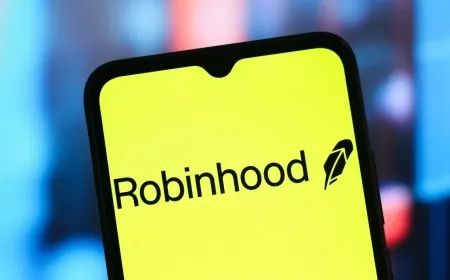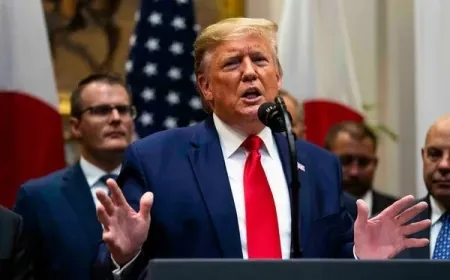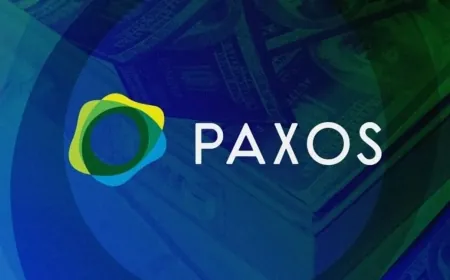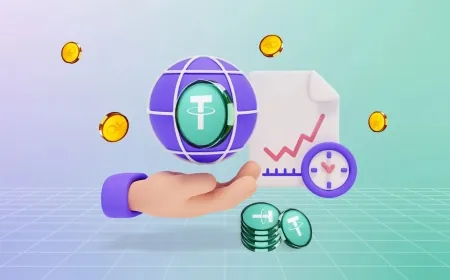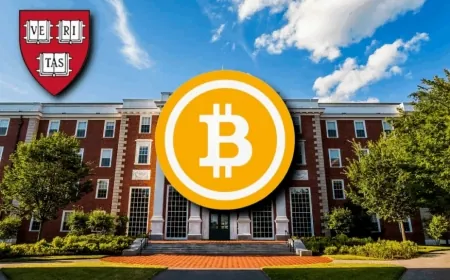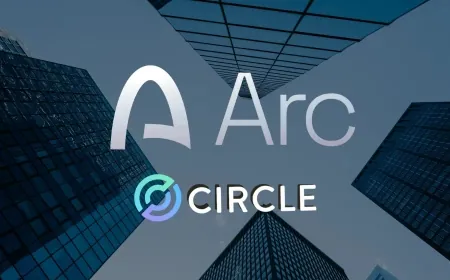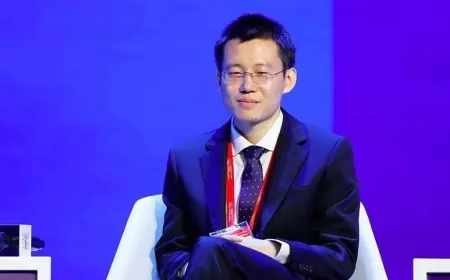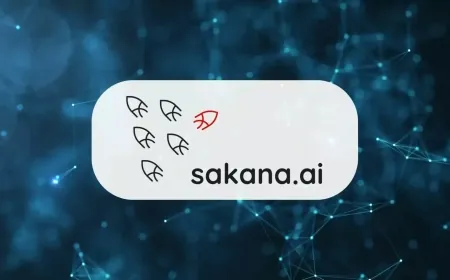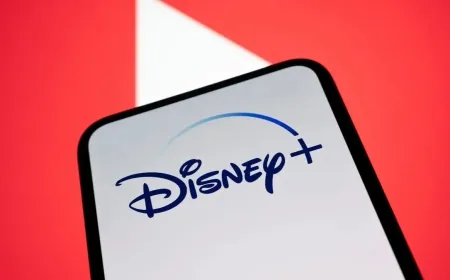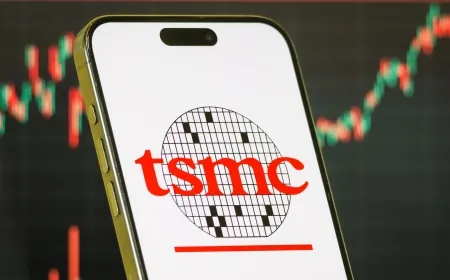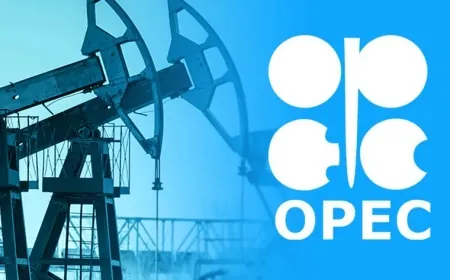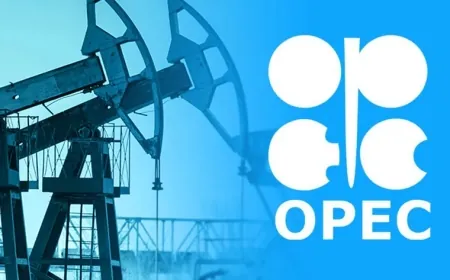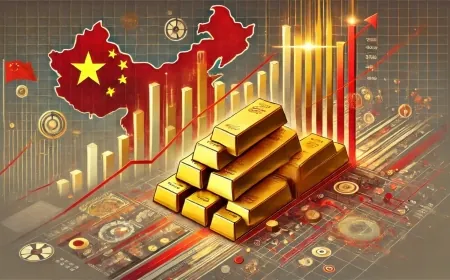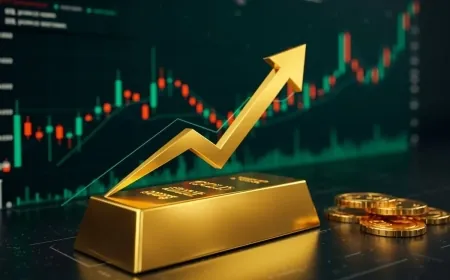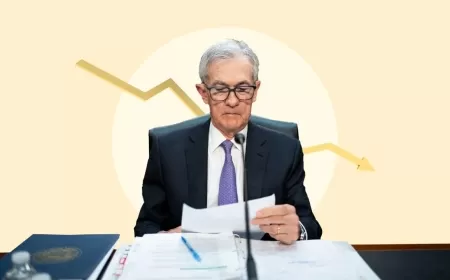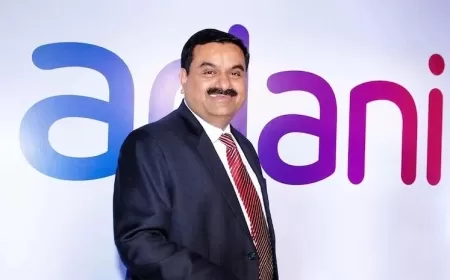Gavin Wood: Chain Mergers and Acquisitions
The concept of a fully functional, user-friendly, and decentralized web is no more an idea, it has now become a reality. Open source blockchain-based platforms are continually revolutionizing the industry by introducing smart and intelligent developments like interoperability, scalability, security, and user-driven governance. In the quest to provide a whole new platform, Gavin Wood with some of the industry’s top-notch blockchain builders has introduced Polkadot, which ensures maximum autonomy and security to the users.
Polkadot, In the Brave New (Crypto) World
The blockchain industry is continually transforming with newer ideas. Keeping this in mind, Gavin Wood started scratching the surface to create the next version of Ethereum that features cross-blockchain transfers across multiple parallel platforms.
While talking about chain mergers and acquisitions, Gavin Wood explains how sovereign chains can interact with each other through Polkadot. He characterizes a unique change in the overall progression of the blockchain industry from currency-oriented to a more politically-oriented sort of segment. According to him, it is one of today’s most interesting trends that have a huge impact on society in the future.
What is Polkadot?
Before getting into any further details, Gavin Wood gives a brief introduction to Polkadot, its properties, and functionality. He explains Polkadot as a Scalable Heterogeneous Multichain that allows the users to parallelize the execution and processing of blockchain transactions. It is a one-of-its-kind platform to create a trust-free system and aims to give greater technical guarantees and facilities like flexibility, performance, and security.
Performance: Each of the processing logic do not specify the fundamental kind of these transactions and leave them entirely open-ended to the lying developer. It gives an unprecedented level of flexibility which is much more than the dynamic model that Ethereum offers. Polkadot allows smart contract models as well as fixed-function pipelines for transactions with improved performance.
Scalability: When it comes to comparing the number of transactions per second (TPS), Bitcoin has 5 TPS, Ethereum has 25 TPS, and Kusama has 1,000 TPS. Whereas, Polkadot at its basic level of computation without any additional tricks can reach up to 100,000 to 1M+ TPS. So, compared to other famous platforms, Polkadot is a WebAssembly-based metaprotocol that has got a lot more potential on both parachains and relay chains.
Upgradeability: Gavin Wood is confident that Polkadot has an expansive capacity to upgrade and outperform other platforms with 1000s of transactions per second on hundreds of parachains. It encourages seamless upgrades controlled by a consensus of the underlying logic. There are limitless possibilities in terms of the kind of design upgrades and optimization in database, I/O, storage layer, web assembly, interpreter layer, multi-threading, and other elements. He says that the platform can easily unleash the real potential of today’s six-core or eight-core CPUs.
Governance: Polkadot hosts its unique logic which is indeed a crazy idea possible through the use of web assembly. It allows the algorithm to be described as data or instructions by cooperating and coordinating between individual parallel transaction processing units and relay chains. With the ability to dictate new logic for upgrades, Polkadot has complete control over its destination and acts as a fully autonomous agency.
What is a Token?
Gavin Wood also emphasize tokens or token economies with respect to chain mergers and acquisitions. He explains how these economies interact with other sovereign levels. He explains token economies as one of the three C’s that are commodity, currency, or corporation depending upon the fundamental protocols other than the derivative that can be exchanged.
Commodity, Currency, or Corporation: He identifies Bitcoins as commodities because they do not have any property that can make them an agency. Along with that, currencies are those that are somewhat managed by a central authority or a central bank, and lastly corporations as agencies because they are built on amorphous protocols that can reinvent themselves.
Derivatives: Gavin Wood also sheds light on the mergers and acquisition models within the Tokenomics domain. The first model is the Gold Standard where any currency such as USD acts as a derivative of Gold. The second model is the ETH1 – ETH2 allowing ETH1 to burn and populate ETH2. So, these are not mergers instead they are derivatives because they cannot act on their own.
In other words, the aforementioned models do not have any agency over them to allow one to agree to the other network’s minting process. So, it is way difficult to complete a merger in an environment where everything is based on machine execution which requires understandable terms.
Mergers and Acquisitions in Tokenomics: To complete mergers and acquisitions, chains have to respect each other’s tokens. If two or more sovereign chains have agreed on a specific price then they have to be subservient to each other based on their token logic. This gives rise to having some shared idea of sovereignty which encompasses a fundamental underlying security layer of consensus.
To fill the gap, Polkadot serves exactly as the required underlying platform for blockchains. It allows them to get their shared security or consensus without restricting in any way as far as there is a deterministic logical execution.
Keeping all this key knowledge and information in mind, it is agreeably evident that Polkadot acts as the only sophisticated system that allows sovereign chains to interact with each other and exchange transactions without prejudice in a trust-free fashion. That’s how Gavin Wood perceives mergers and acquisitions within the blockchain space.




